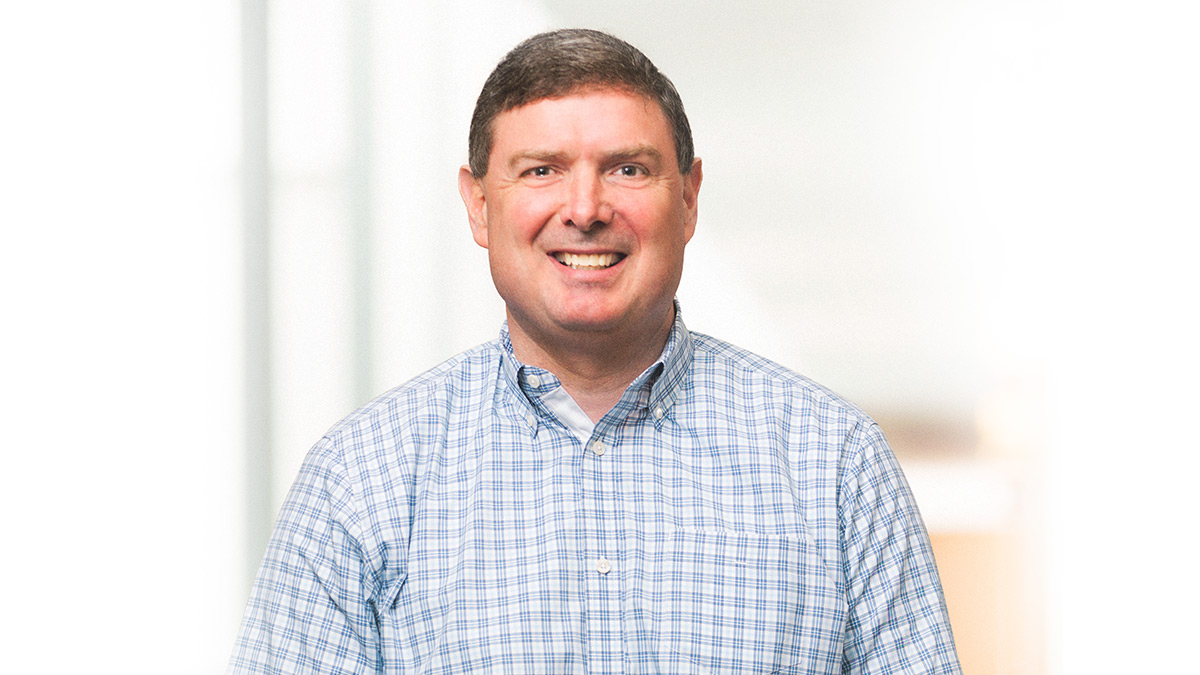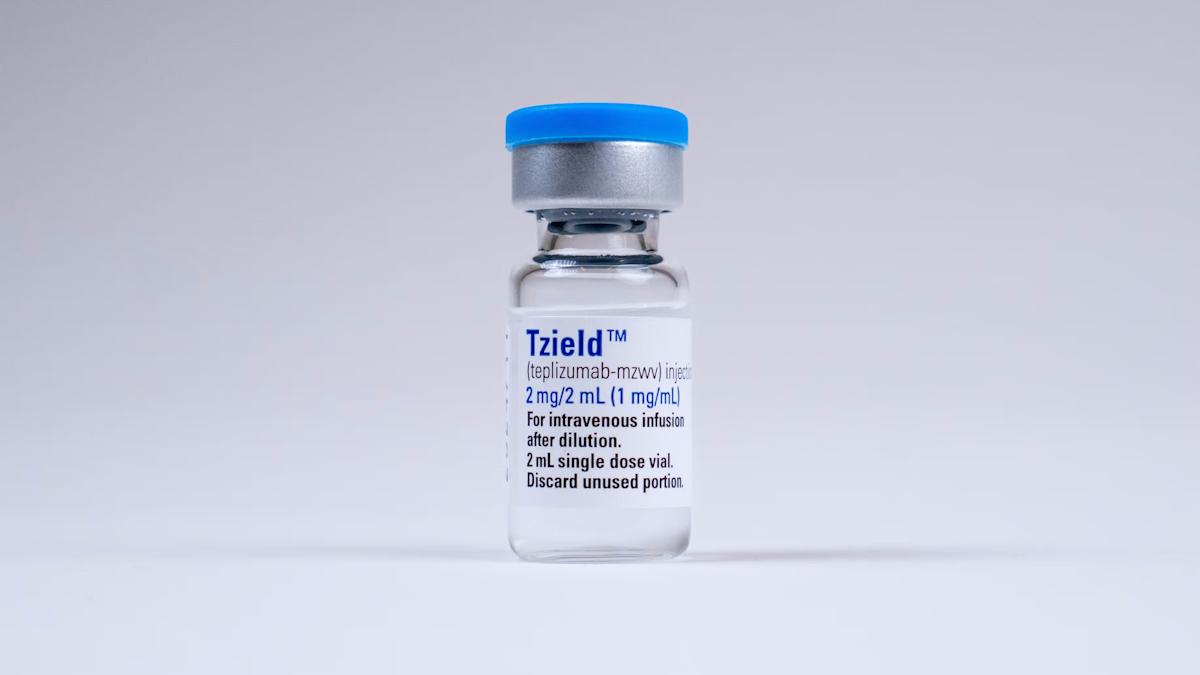The science of prevention

'Prevention' might be the buzzword of the moment in the pharma industry, but what does it actually mean for a company to intercept diseases before they even present clinically?
Ben Wiegand, head of Janssen’s World Without Disease Accelerator, uses type 1 diabetes as an example of how his company is approaching prevention.
He says the biggest challenge in the first instance is trying to find at-risk individuals.
“Diabetes doesn’t clinically manifest until you would almost argue it's too late,” he says, “so how do you find the person that has a presence of autoantibodies but doesn’t yet actually have type 1 diabetes? We have to think of multiple innovative ways.
“For example, through collaborations with the Helmsley Charitable Trust and the JDRF we’re aiming to screen hundreds of thousands of people to find out if they are at risk.
“The challenge then is how you actually measure these autoantibodies. Traditional tests are expensive, so we've been partnering with a company to develop an inexpensive way to do this.”
There are also innovative ways to identify patients.
“Finland has one of the lowest infant mortality rates in the world because of what they call their ‘baby box’,” says Wiegand. “Mothers who go into the clinic a certain number of times throughout their pregnancy get a baby box.
“Someone came up with the brilliant idea of putting a strip into a diaper in the box that would be used to measure glucose in the urine, and if there’s too much, that would be a signal to go to the doctor to do the screening.
“That’s cost-effective and easy to put into people’s hands, and it allows you to do screening earlier so that you're preparing the marketplace for solutions – whether they're pharmaceutical, vaccine, or microbiome based, etc.”
Wiegand also notes the role that environmental and genetic factors may play in identifying diseases earlier.
“At the Finland-Russia border, where there are genetically very similar populations, studies have found that Finnish rates of type 1 diabetes versus rates in nearby Estonia differ dramatically, even though there's no difference in genetics. It's all due to behaviour, and we believe it may be attributed to one group people living in very sterile environments, whereas others are engaging more with their environment.
“What that implies is that in early life the immune system is being set up in certain ways. One could argue that a microbiome solution could make a difference at that earliest point in an individual’s immune training.”
Genetic data could be equally important, but Wiegand stresses that it is just one piece of a larger puzzle when it comes to prevention.
“For us to truly realise our vision, we want to see a day in the not too distant future where every baby will be genetically screened. We think that's critical and we're trying to help accelerate those efforts where we can.
“Some of the diseases we're working on have very small genetic components and are more about the behavioural components, but we think both are important, especially to give people the mindset that we can now empower the individual to understand the health risks that they may have.
“We know a lot more about genomics today, so we're going to start there, but that doesn't mean that's going to be the complete story.”
And Wiegand notes that it’s important that Janssen continues to fund basic foundational research to understand the disease biology and to better understand where to target early interventions.
“Those learnings then inform clinical trials. We have two such trials going on today and none of that work could have been done without tailoring such efforts for the right participants. You have to work within an ecosystem to advance such approaches, and you must be ready with a solution because no one wants to be told you may be at risk of disease, but there’s nothing we can do about it.
“That's why we have a focus on type 1 diabetes, and we have a therapy with prior data in a paediatric population. We believe the role of TNF in inflammation may contribute to disease progression, so we moved forward to further evaluate this hypothesis quickly. Furthermore, this approach allows us to be thinking about the next potential therapeutic, maybe even earlier in the disease pathogenesis.”
Facing the future together
Wiegand says that partnerships are key to covering all bases when it comes to early intervention. For example, Janssen has partnered with microbiome specialist Day Two in type 2 diabetes.
“Day Two will get a faecal sample to measure the microbiome, and what they'll be able to show is that your gut microbiome helps to determines how much glucose is in your system after eating, so different people, based on their microbiome, will process the same foods very differently. One patient might be able to eat pizza, for another it might be terrible. They come back to you with a very personalised solution.
“Day Two is a small biotech company that we think could be very interesting, because we want to move past what I call ‘behavioural solutions’ – like if I go to my doctor and he tells me to eat better and exercise more. I have no idea what to do with that information. What does eat better mean? What does exercise more mean? Is it exercise for five minutes, ten minutes?
“But now we could say, ‘Based on your microbiome these are your preferred foods, these your non-preferred foods’. So when we say, ‘Eat better’ it means, ‘Eat more of these foods and less of those’.
“That's what we're trying to do in prevention – give patients much more meaningful and actionable information.”
Life without medicine
Though most of these prevention approaches still have a medicine at their core, Wiegand envisions a not-too-distant future where this may not be the case.
“If you go earlier into diseases, such as identifying someone before they are pre-diabetic, you may not even need a therapeutic per se. You could perhaps intervene with a digital therapeutic, for example, and be successful. Once you get further along in the disease progression it's a different story. If I have someone diagnosed with stage four lung cancer, of course they would be given a smoking cessation programme, but I’m not expecting a smoking cessation programme to deal with the cancer. However, if I can get a pre-carcinoma patient to stop smoking, there is a much wider solution set to look at.”
The obvious question that arises is how payers will respond to earlier interventions like this, as they could shift some of the costs forward and change much for healthcare systems.
While most of these discussions are happening behind closed doors, Wiegand seems positive.
“Those conversations are taking place and I think they're the right conversations to have. There's actually a high degree of receptivity to the idea of prevention.”
Looking forward, Wiegand sees no reason why his team couldn’t soon apply this kind of approach to other diseases beyond those Janssen are currently focusing on.
“We want to show that our hypotheses and our approach work so that when we we’re taking the same approach for other diseases, participants in the life sciences ecosystem will be keen to collaborate,” he says.
“I would be disappointed if we fast forward three to five years and we weren't looking to intercept more diseases based on our efforts today.”













